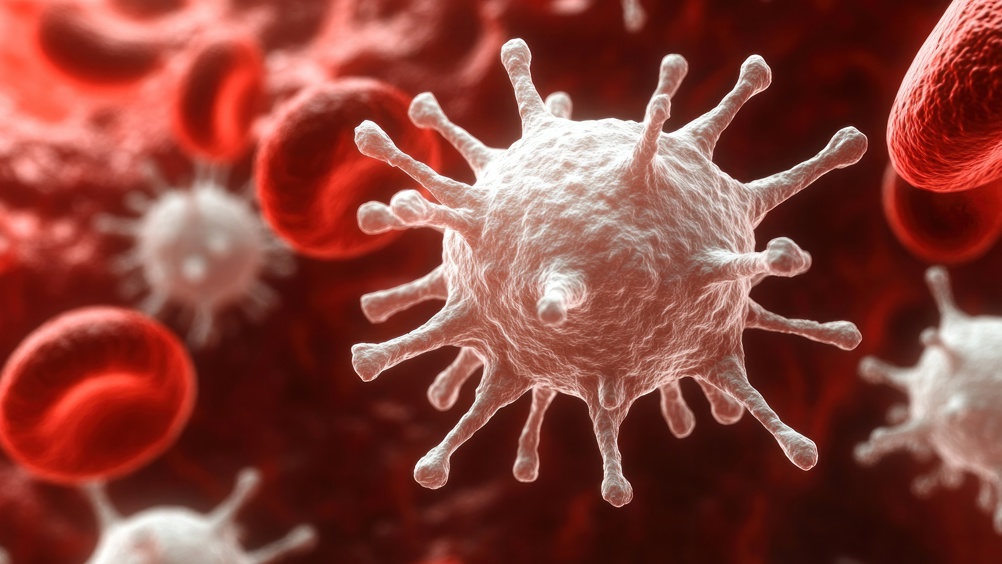References
Use of pharmacogenetics to guide cardiovascular drug prescribing

Pharmacogenetic testing can be used to guide cardiovascular therapies. Examples include genotyping to guide warfarin dosing and statin prescribing (Noyes et al, 2021).
Perhaps the most common usage is CYP2C19 genotyping to assist prescribers in selecting the appropriate antiplatelet therapy after percutaneous coronary intervention (PCI) and predict clopidogrel response (Duarte and Cavallari, 2021; Noyes et al, 2021).
Clopidogrel is an antiplatelet therapy that is used to prevent myocardial infarction (MI) and stroke in individuals with acute coronary syndrome (ACS) (either managed medically or with PCI), those with atherosclerotic vascular disease, and in people undergoing PCIs in general such as stent placements (Dean and Kane, 2012).
Clopidogrel is a prodrug, meaning that it is converted into its active form once it enters the body. The CYP2C19 gene encodes the CYP2C19 enzyme, and this process is needed in order for people to metabolise clopidogrel into its active form (National Institute for Health and Care Excellence (NICE), 2024). It is a P2Y12 inhibitor, which irreversibly binds to platelet P2Y12 receptor and blocks adenosine diphosphate (ADP)-mediated platelet activation and aggregation (Dean and Kane, 2012). Thrombus formation, which clopidogrel is given to prevent, involves rapidly gathering and activating platelets. It is, therefore, a platelet inhibitor.
Register now to continue reading
Thank you for visiting Journal of Prescribing Practice and reading some of our peer-reviewed resources for prescribing professionals. To read more, please register today. You’ll enjoy the following great benefits:
What's included
-
Limited access to our clinical or professional articles
-
New content and clinical newsletter updates each month

